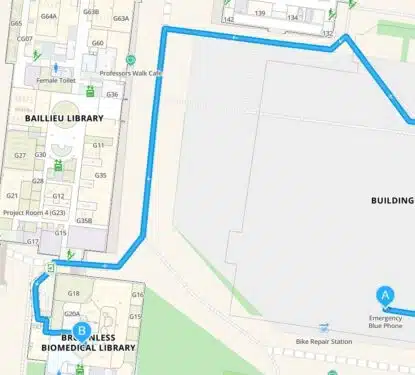The Digital Twins concept continues to generate a significant amount of buzz in the smart building market. This technology, which seeks to create virtual representations of physical structures, offers a tantalizing promise of increased efficiency and sustainability. At the heart of the digital twin phenomenon is the creation of a dynamic, digital counterpart of a physical entity. In the realm of smart buildings, digital twins offer an opportunity for building owners and facilities managers to streamline operations, maximize energy efficiency, and elevate the overall occupant experience. Achieving this feat through real-time data integration and sophisticated modelling techniques, stakeholders can visualize and monitor building operations. This technology was thrust into the limelight following its inclusion in Gartner’s 2017 Hype Curve. Since then, predictions about “billions of things” represented by digital twins and their transformational impact on buildings have been plentiful. But the reality is, we’re still in the early stages of realizing this potential. It is […]
Most Popular Articles

MazeMap Acquires Thing-it: Key Insights from 2025 Workplace Platform Consolidation
This Research Note examines the acquisition of the German software company Thing-it, by MazeMap, a Norwegian indoor navigation provider. We examine the development of the two startup companies prior to their merger and conclude with our perspective on the consolidation. Transaction In August 2025, Thing-it became part of MazeMap. Since then, the company reported that […]

Smart Building Tech Evaluation: Build a Framework with Me!
The smart building technology market presents a unique challenge for commercial real estate professionals: how do you efficiently evaluate thousands of technology vendors when every week brings new pitches, new solutions, and new promises? The sheer volume of vendors, from energy management platforms to occupancy analytics providers, makes systematic evaluation nearly impossible with traditional methods. […]

Johnson Controls UK Analysis: 8 Strategic Acquisitions Since 2022 Drive Revenues
This Research Note examines the major Johnson Controls UK businesses relating to building automation, fire and security systems, highlighting their latest financial data, year ending 30th September 2024. It is based on the annual reports of 3 companies, Johnson Controls Building Efficiency (UK), Tyco Fire & Integrated Solutions (UK) and ADT Fire & Security. We […]
